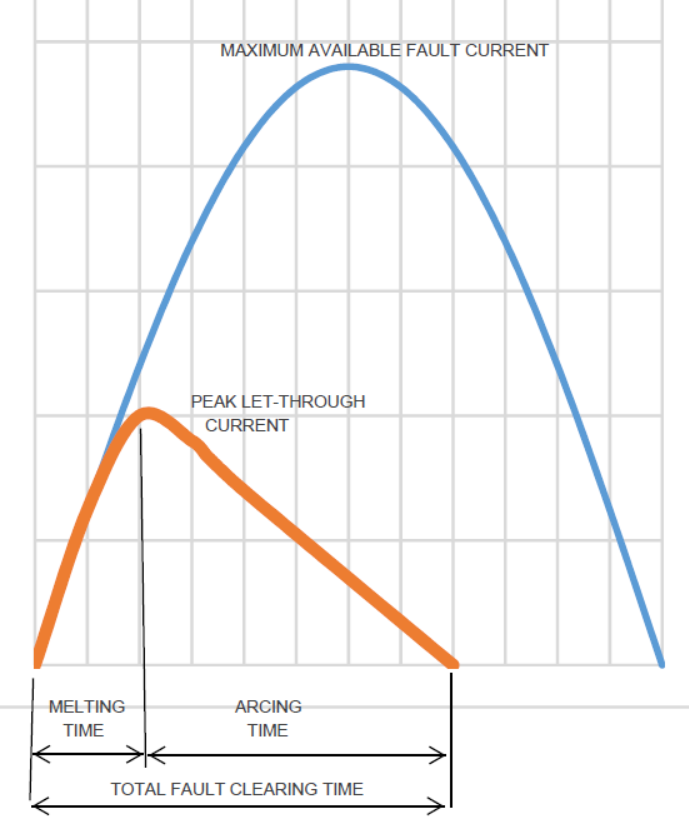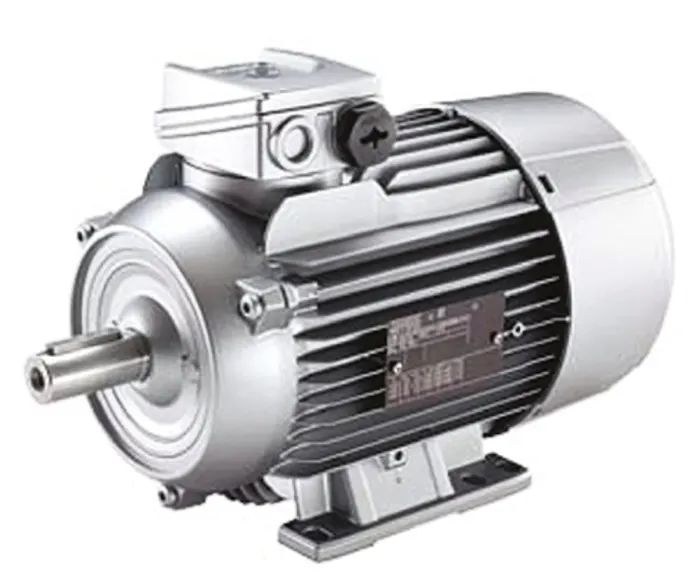This article will be divided into several sections to discuss the control of three (3) phase AC motors including protective features available for the control of starting and operating this electrical machine.
Introduction
Most low-voltage power systems, particularly in the industrial and commercial sectors use low-voltage motors in critical operations, therefore, motor control high reliability is a fundamental prerequisite.
The are many protective features currently available in the market for the protection of three (3) phase AC motors. The electrical engineer specifying protective features to be included in an AC motor controller must be familiar with the motor protection available to make the decision on how much protection will be implemented.
It is a fact that the AC motor may be considered to be an eager beaver, not knowing when to give up. While, in general, a motor can handle very large short-time overloads, its capacity to do work without injury to itself is determined by the amount of internal heat generated and dissipated. This discussion, therefore, will cover the protective features available in the following order:
- Short-circuit protection.
- Overload protection.
- Locked-rotor protection.
- Undervoltage protection.
- Open phase, phase unbalance, and phase reversal protection.
- Incomplete sequence protection.
- Starting considerations.
Short Circuit Protection
Motor short circuit protection is provided by the circuit protection device, either circuit breakers or fuses. Motor starters have short circuit protection as an integral part of the unit.
The circuit protection device interrupting rating needs to be properly selected depending on the fault current where the motor starter is connected. If the available fault current exceeds the above capacity of the standard fused or circuit breaker starters, current limiting fuses or circuit breakers are available depending upon the system voltage.
A fuse-circuit breaker combination arrangement can also be used which combines a high interrupting capacity current limiting fuse and a standard circuit breaker to reduce the motor starter's physical size thus lowering the initial investment cost. In this combination, the circuit breaker will interrupt low-magnitude faults, and the current limiting fuse interrupts high-magnitude faults.
Current limiting fuses are very fast operating in that the fuse element melts and interrupt current flow before reaching the full available fault current.

The disadvantages of fuses are that they are a single operation and the hazard of single-phasing exists. When a phase-to-ground fault occurs, one fuse blows to clear the fault. However this at the same time allows single-phase power to be applied to the motor and unless the motor is fully loaded and three overloads are provided, the single-phase condition may go undetected. This possibility is eliminated if a circuit breaker provides short-circuit protection as all three phases trip simultaneously regardless of which phase or phases a fault occurs.
The disadvantages of a circuit breaker are its size, cost, maintenance, and reliability. The size and cost depends on the interrupting rating. The deterioration of a circuit breaker is such that the mechanical device will tend to operate sluggishly or perhaps not operate at all.
